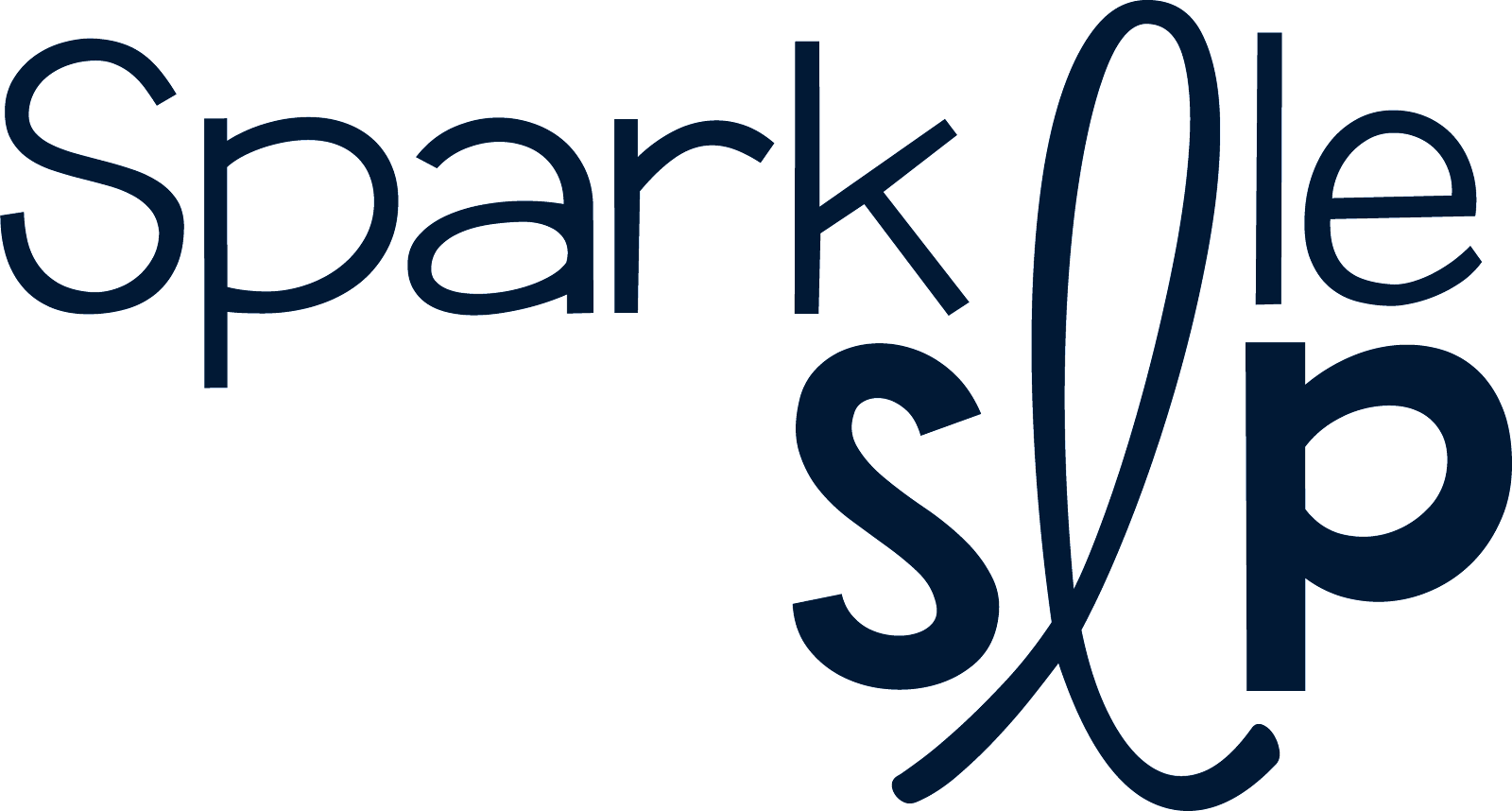This month I'm bringing you a sweet story about a pengiun, written by Karma Wilson and Jane Chapman, the same authors of the Bear books (Bear Snores On). Where is Home Little Pip? follows the adventure of a penguin who gets lost while following a blowing feather. While he tries to find his home, he meets a few animal friends along the way. This story is not only great for speech and language therapy, but also for learning about polar region animal habitats. Science connection!
With the help of adorable graphics from Educlips, I created a book companion sure to help you through winter. You can find it HERE in my TPT store.
I like to plan my book companions to last anywhere from 2-4 therapy sessions, depending on the group and therapy targets. I take most of one session to read the book. I often stop along the way to highlight target skills central to the group. Articulation groups are listening for target words and copying targets onto the open-ended articulation sheet. I may use the story map during reading to offer support for the retell, chunking each part of the story. The story map also helps with predicting. If I'm targeting grammar structures, I will emphasize these targets within the story. I usually encourage students to echo the target when we find an example. This also holds true for Tier 2 vocabulary words. When we come across a target word, we may act it out, say it, or try to think of another word we could use (synonyms).
During subsequent sessions I will use the materials more than the book. The book is used for reference for some activities requiring a look back. Students may complete a visualizing activity (like that shown below) to work on recall or a Venn Diagram if the target skill is same/different. Comprehension questions, inferencing, and describing using defining features are also activities included, among others.
If you have never used books in therapy, choose a book and give it a try. If your students are engaged, try adding a book companion to enhance your therapy. I love using books in therapy because I can target articulation, receptive language, expressive language, vocabulary, syntax, and pragmatic language with one story. Any story. My students often forget my drill activities, but I haven't found a student that has neglected to remember my story activities.
What winter books do you use with your students? I would love to add your favorite to my list.
What a surprise for this SLP! I was featured in 25 Speech & Language Products You Can't Live Without! Winter Edition. This ebook was hosted by The Speech Space and Speech Therapy Fun. Go check it out for 25 winter products you just might need for your therapy room!












